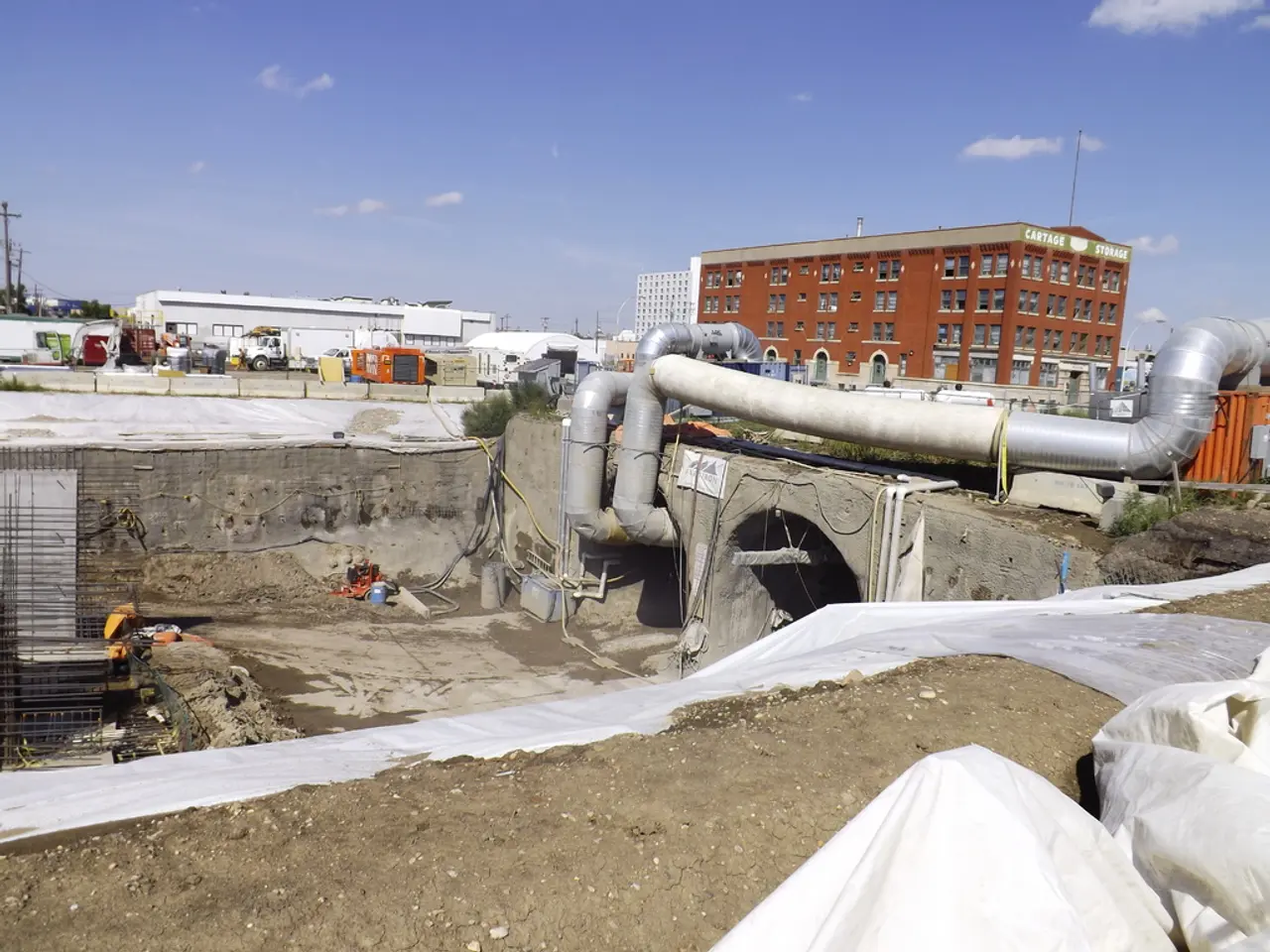Stuttgart 21: Citizen-led Movement Pushes for Altered Railway Junction Modification
The city of Stuttgart is set to undergo a significant transformation with the ongoing "Station of the Future" project, primarily embodied by the Stuttgart 21 project. This €8.2 billion railway infrastructure overhaul aims to convert Stuttgart's terminal station into a modern underground through-station, complete with 60 kilometers of new railway lines and three new passenger stations.
Currently, the project is progressing steadily. The new high-speed line between Ulm and Stuttgart partially opened in December 2022, with the remaining section towards Stuttgart Hauptbahnhof originally scheduled for December 2025 but now delayed to December 2026. Advanced technologies like AI-based dispatcher tools are being deployed to optimise train scheduling, reduce delays, increase capacity, and improve platform safety at Stuttgart's rail hub. Construction activities remain intensive as of mid-2025.
One of the key impacts of the project is the expansion of the Europaquartier, a major urban development area adjacent to the station. By shifting the station underground and increasing rail throughput, valuable surface area in the city centre is being freed up for extensive apartment construction and urban expansion. The improved rail infrastructure and connectivity are expected to boost the attractiveness and accessibility of the city centre, catalysing residential and commercial growth.
The project exemplifies the integration of major infrastructure upgrades with urban development goals, supporting Stuttgart's plans to accommodate population growth and densification around a revitalised transport hub. As part of the city centre's redevelopment, three manageable neighbourhoods with two educational institutions and lively ground floor zones will also be developed.
However, it's important to note that the new underground station and the expansion of the city centre's Europaquartier will not be part of the proposed modifications to the Stuttgart rail junction. Instead, the previously 16-track approach area will be developed into new apartments, social, commercial, and community uses, with a publicly accessible green play, sports, and movement belt called the future Athen Street.
The admissibility of the Stuttgart rail junction project is subject to a citizens' vote according to the municipal code. The vote is scheduled for the day of the next state election. A new alliance called "Station of the Future" has been formed to enforce a modified Stuttgart rail junction through a citizens' initiative. If admissible, the vote could take place on March 8, 2026.
Citizens who wish to subscribe to topics and save articles related to the project are required to have a Staatsanzeiger subscription. A new citizens' initiative regarding the Stuttgart rail junction project must collect 20,000 signatures within three months to be considered. If successful, this could potentially lead to further modifications in the project.
In summary, the "Station of the Future" project is expected to modernise the rail junction, improve train punctuality and capacity, and enable the Europaquartier expansion by creating space and enhancing connectivity, thereby supporting a significant scale of new apartment construction in the city centre over the coming years.
- The ongoing "Station of the Future" project, which includes the Stuttgart 21 project, is not only a significant railway infrastructure overhaul but also a strategic policy-and-legislation move, as it exemplifies the integration of major infrastructure upgrades with urban development goals, aligning with Stuttgart's plans for future growth and densification.
- The admissibility of the Stuttgart rail junction project, a critical part of the broader "Station of the Future" project, is a matter of politics, as it is subject to a citizens' vote according to the municipal code, and a new alliance called "Station of the Future" has been formed to potentially modify the project through a citizens' initiative, indicating the importance of public involvement in policy-and-legislation decisions.








